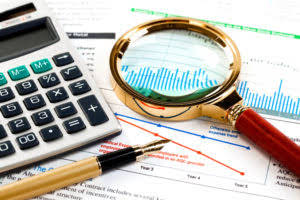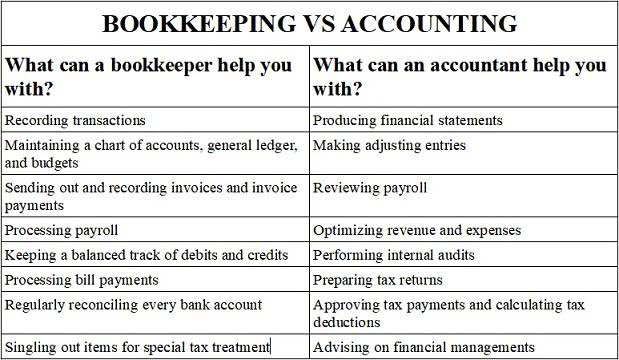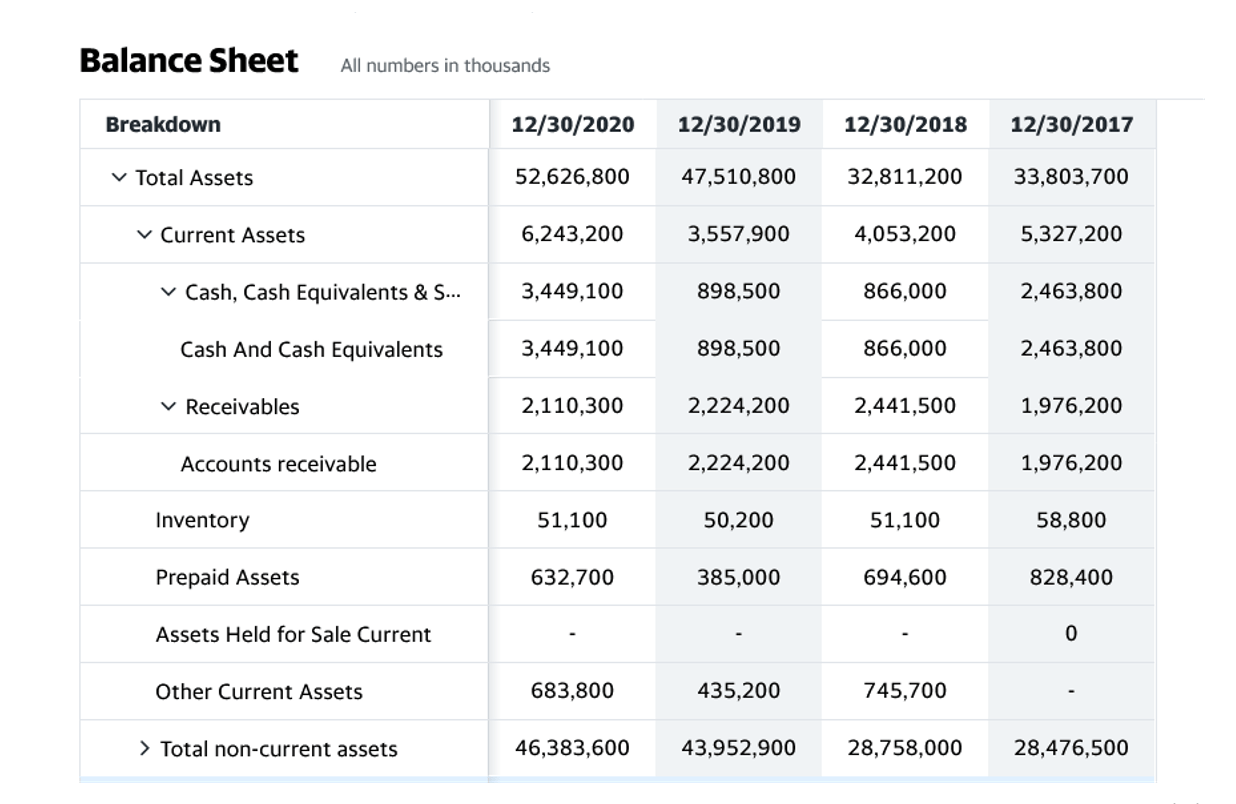
In accounting, inventory is considered a “for sale” asset, plantassets are not. The cost incurred would include legal fees, commissions, borrowing costs up to the date when the asset is ready for use, etc., are some of the examples. Land held for future plant expansion does go under property, plant, and equipment on the Balance Sheet. It would be impossible to list all possible equipment, but you should note that anything from six-figure farm equipment to an office copier can qualify as equipment. Plant assets only have a limited usage and in order to calculatethe life of an asset, you must depreciate the asset according toit’s useful life minus salvage value.

Is plant asset and current assets the same?
- Typical examples of PP&E include land, buildings, vehicles, machinery and IT equipment .
- That is because most fixed assets are items that have been bought to serve a business purpose.
- To calculate net PP&E, you take gross PP&E, add related capital expenses and subtract depreciation .
- Revaluation of plant/fixed assets is the process ofincreasing or decreasing their carrying value in the event of majorchanges in the fair market value of the assets.
- If required, the business or the asset owner has to book the impairment loss.
- Current assets include cash , cash equivalents, accounts receivable, stock inventory, marketable securities, pre-paid liabilities, and other liquid assets.
- As it involves heavy investment, proper controls should be put in place to secure the assets from damage, pilferage, theft, etc.
Depreciation is the accounting process of systematically allocating the cost of a tangible plant asset over its estimated useful life. This process is a method of cost allocation, not asset valuation, and it applies to most plant assets except land. Its purpose is to match the expense of using the asset with the revenues it helps generate over its operational period, adhering to the matching principle in accounting. The four categories of plant assets are buildings, equipment, land and improvements. The things we want to discuss are which assets fall into each category and how do we determine the overall cost/percentage of the assets. They carry a monetary value used to earn revenue and profit for the enterprise.
What are examples of fixed assets?
Assets include land (raw), vacant lots, approved building sites and any other taxable parcels. The one thing I do want to note, which I mentioned earlier, is that, land is the one plant asset that is not appreciable. Plant assets comes under non current assets.nownon current assets are those which are not easily feasible incash like land, building or other fixed properities. Current assets; long-term investments; property, plant, andequipment; and intangible assets. To calculate net PP&E, you take gross PP&E, add related capital expenses and subtract depreciation . Gross PP&E is the total cost you paid for all the assets at the start of the balance-sheet period.
What are current liabilities?
Thus, for plant assets accounting, it is necessary to understand and have a clear idea about the above types of assets. Plant assets fall under the fixed asset category and can be used in the business for more than one year. They are used for manufacturing and selling the goods and services of the company. Objective of assets is to utilized them for earning revenue the four subdivisions for plant assets are forbusiness like plant and machinery etc.
Finally, if required, the business or the asset owner has to book the impairment loss. In that case, the estimated realized value of the asset is less than the actual depreciated cost appearing in the books. Plant assets, also known as fixed assets, are any asset directly involved in revenue generation with a useful life greater than one year . Named during the industrial revolution, plant assets are no longer limited to factory or manufacturing equipment but also include any asset used in revenue production. A plant asset is an asset such as land, buildings, and machinerythat will be useful for more than one year and is used to helpproduce revenues for a business.
Revenue Reserve

These assets are recorded at their historical cost, and their value is adjusted over time through depreciation, except for land, which is not depreciated. These assets are held for use in producing goods or services, for rental to others, or for administrative purposes, rather than being held for sale. Examples include land, buildings, machinery, equipment, vehicles, and office furniture. Unlike inventory, which is held for immediate sale, or short-term investments, plant assets are foundational to a business’s ongoing operations. Plant assets are recorded at their cost and depreciation expense is recorded during their useful lives. … Plant assets and the related accumulated depreciation are reported on a company’s balance sheet in the noncurrent Sales Forecasting asset section entitled property, plant and equipment.

For example, in thoroughbred racing, a horse barn could be a plant asset. In the car industry, a testing or safety facility could be a plant asset. Beyond the base price, the cost of a new machine might include shipping fees, installation charges, and initial testing costs to ensure it functions correctly. For land, capitalized costs could encompass legal fees and survey costs.
Difference between real assets and financial assets?
Plant assets are a specific type of asset on a company’s balance sheet. … In https://astropharma.com/accountants-and-bookkeepers-in-san-diego/ business, assets can take several forms — equipment, patents, investments, and even cash itself. Depreciation also impacts the income statement, where the depreciation expense for the period is recorded, reducing the company’s reported net income. While depreciation is an expense, it is a non-cash expense, meaning it does not involve an outflow of cash in the current period.
They are usually land and building, plant and machinery that may be fixed or movable, or any other equipment that can be categorized as the same. They are recorded at cost and are depreciated over the estimated useful life, or the actual useful life, whichever is lower. In business, the term fixed asset applies to items that the company does not expect to consumed or sell within the accounting period.
